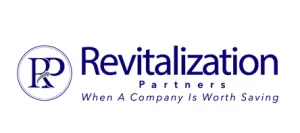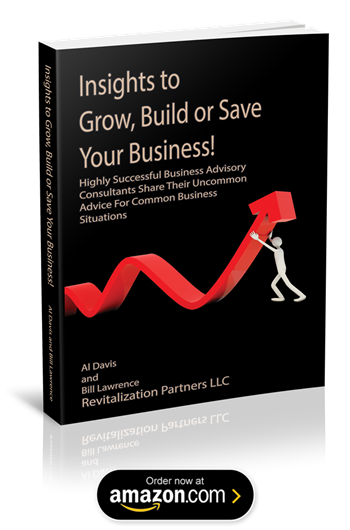A recent CNBC article unveiled how revived tariff pressures are hitting small businesses directly—forcing tough choices, squeezing margins, and reshaping growth plans. For lenders and investors in the middle market, the implications are clear: these challenges deserve more than a passing glance.
Here’s the narrative, and what it means for credit risk.
 Tariffs Aren’t Abstract — They’re Tangible Costs
Tariffs Aren’t Abstract — They’re Tangible Costs
In its reporting, CNBC highlights how import-reliant small firms are absorbing surging input costs. Many lack the pricing power or competitive position to pass those costs to customers. The result: they’re eating the burden themselves, weakening their financial cushions.
In several interviews, business owners shared how they’ve frozen hiring, delayed expansion, cut discretionary spending—or tapped additional financing to keep operations running.
For credit underwriters, that’s a warning sign: when margin levers fade, flexibility disappears.
Working Capital Squeeze Intensifies
Tariffs aren’t just a cost line — they ripple throughout the operating cycle. CNBC reports businesses are drawing lines early, pushing payables, pulling forward receivables, and dipping into reserves.
That dynamic strains borrowing bases and tests liquidity structures. What once was a buffer becomes a pressure point, and gaps that once seemed remote show up in cash-flow stress.
Pricing Power Isn’t Guaranteed
 One of the more subtle but dangerous constraints: many small firms can’t pass through full cost increases. Market competition or customer pushback limits how much price inflation they can sustain.
One of the more subtle but dangerous constraints: many small firms can’t pass through full cost increases. Market competition or customer pushback limits how much price inflation they can sustain.
This means that tariff costs don’t just erode profits—they may force operational tradeoffs. Some owners told CNBC they’re cutting back on investments or scaling back product lines just to preserve basic financial health.
From a credit perspective, you can’t assume full passthrough anymore. The “willingness to pay” factor must be stressed in underwriting.
Supply Chain Strain & Strategic Flux
Beyond cost, the article points to ongoing supply-chain disruption: shifting suppliers, renegotiating logistics, and scrambling for alternatives. For small businesses, those transitions are steeper and riskier.
The ones that survive will be those with flexibility in sourcing, strong supplier relationships, or better contingency planning. In diligence, those attributes now matter more than ever.
What Lenders & Sponsors Should Do Differently
 From the lessons in the CNBC piece, here’s how RP would advise adjusting credit playbooks:
From the lessons in the CNBC piece, here’s how RP would advise adjusting credit playbooks:
- Stress test pass-through failure — model what happens if margins absorb 30–50% of the tariff increase
- Raise liquidity cushions — insist on reserves, backup lines, or “surge buffers” to absorb unexpected drawdowns
- Use early triggers — covenant structure should catch widening payables, falling margins, or lengthened receivables well ahead of default
- Probe pricing elasticity — during diligence, test how much a customer base will accept price increases
- Prioritize supplier agility — in credit selection, favor borrowers who can pivot supply sources or have fallback channels
Bottom Line
The CNBC story is a stark reminder: tariffs are no longer distant policy risks. For many small businesses, they’re existential pressures. For lenders and investors, they’re now central to underwriting and portfolio monitoring.
If you’d like, I can format this into a newsletter-ready version for your clients or team.
Read the full CNBC article


